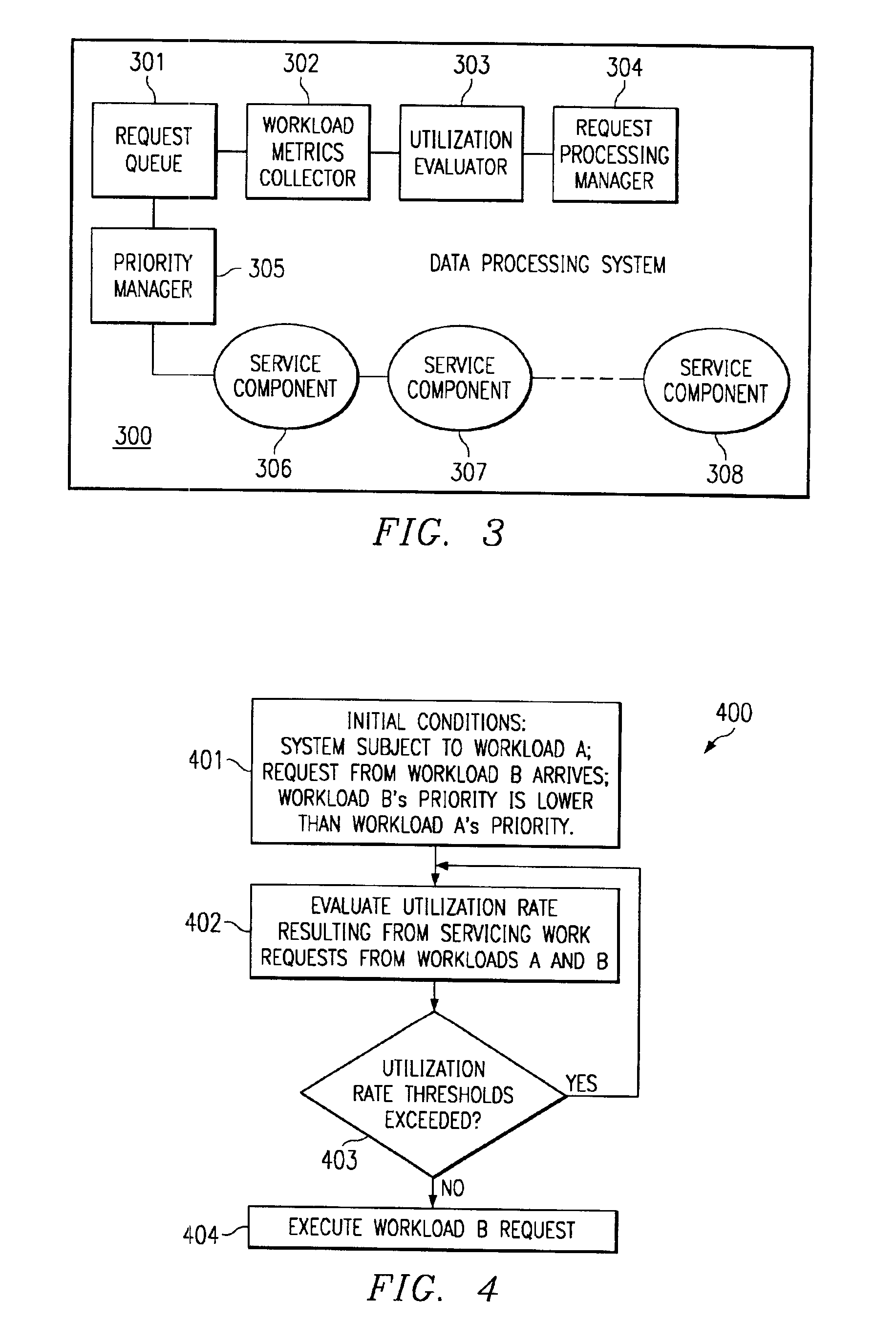System and method for adaptive performance optimization of data processing systems
a data processing system and performance optimization technology, applied in the field of system and method for adaptive performance optimization of data processing systems, can solve the problems of affecting the efficiency of data storage systems, unable to access such inefficiently stored data without modification, and unable to effectively optimize the performance of data storage systems at run time, so as to achieve the effect of reducing processing and communication bottlenecks
- Summary
- Abstract
- Description
- Claims
- Application Information
AI Technical Summary
Benefits of technology
Problems solved by technology
Method used
Image
Examples
Embodiment Construction
[0030]FIG. 1 is a block diagram illustrating a storage system connected to a host computer according to a preferred embodiment of the present invention.
[0031]In a preferred embodiment, storage system 100 is composed of a host channel 111, which is generally a cable that connects to host computer 101 through which data and requests for data flow. Host channel 111 is preferably connected to component array controller 102 which has an interface 103 to host channel 111. Interface 103 is preferably connected to main bus 113 which is in turn preferably connected to memory controller 106. Memory controller 106 preferably controls memory 104 via memory bus 112. Memory controller 106 is preferably connected to both memory 104 and micro-processor subsystem 107. Moreover, memory controller 106 is preferably connected via main bus 113 BUS to a second interface 105 which leads in turn to service component channel 114. It will be appreciated that host computer 101 may be a single computer or a pl...
PUM
 Login to View More
Login to View More Abstract
Description
Claims
Application Information
 Login to View More
Login to View More - R&D
- Intellectual Property
- Life Sciences
- Materials
- Tech Scout
- Unparalleled Data Quality
- Higher Quality Content
- 60% Fewer Hallucinations
Browse by: Latest US Patents, China's latest patents, Technical Efficacy Thesaurus, Application Domain, Technology Topic, Popular Technical Reports.
© 2025 PatSnap. All rights reserved.Legal|Privacy policy|Modern Slavery Act Transparency Statement|Sitemap|About US| Contact US: help@patsnap.com



